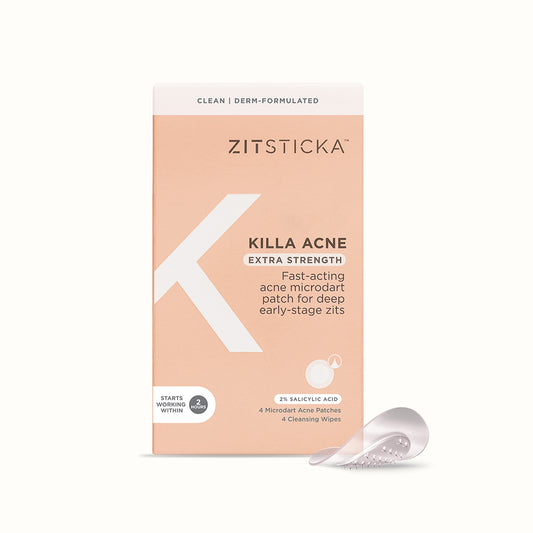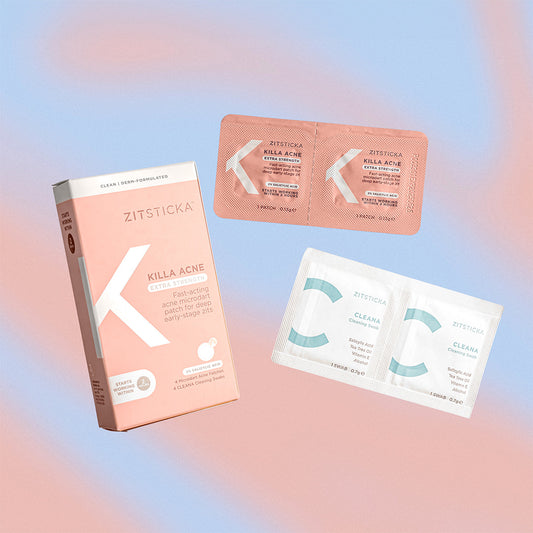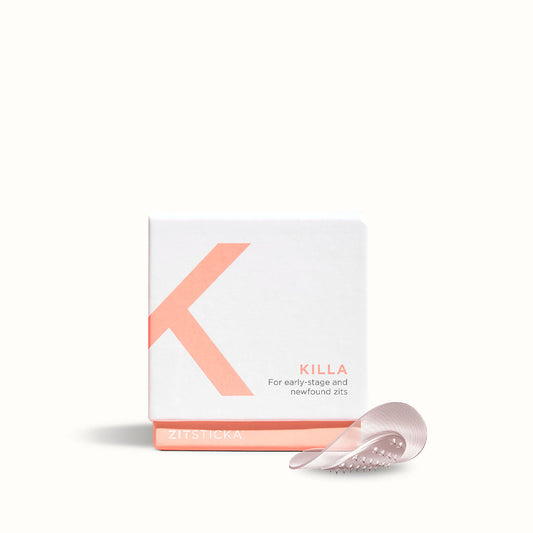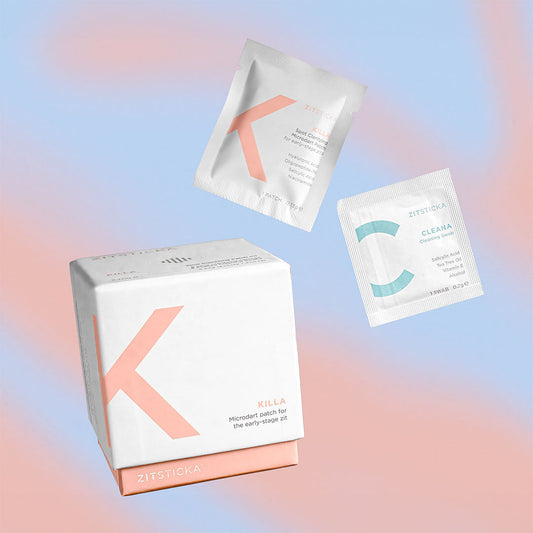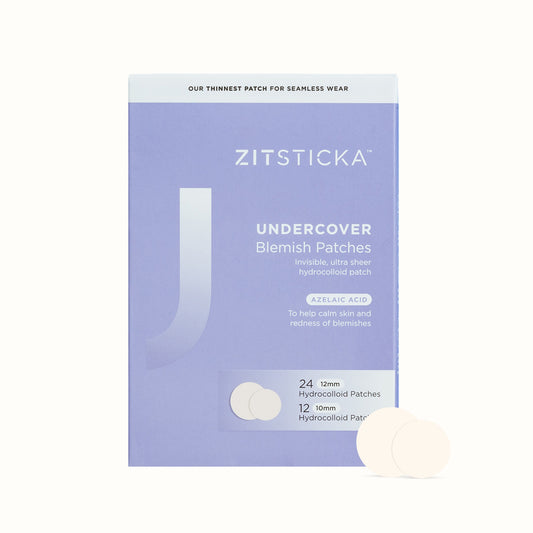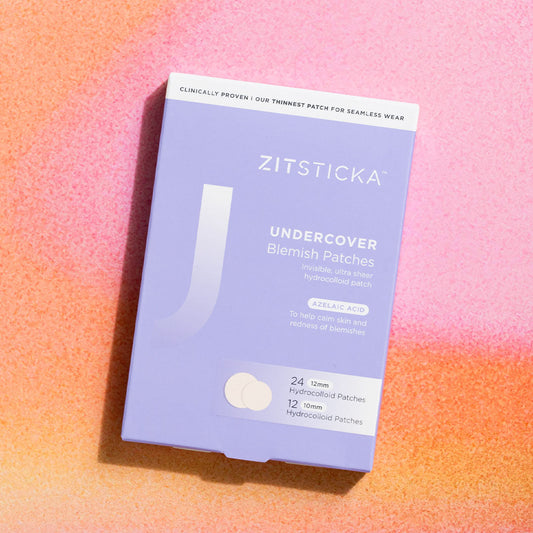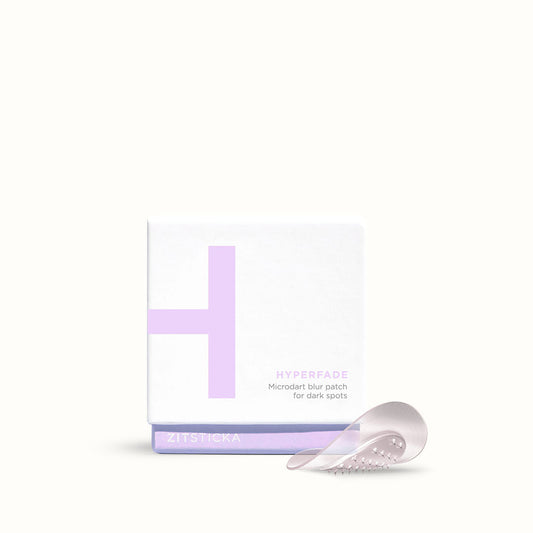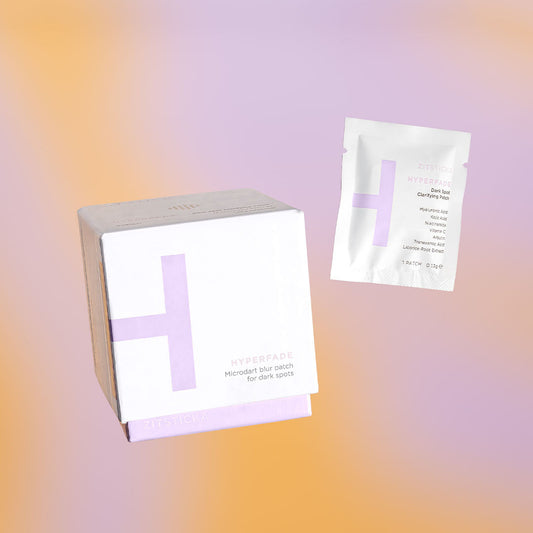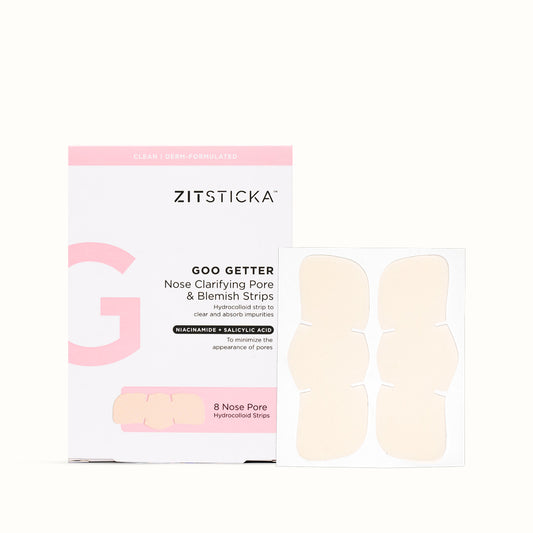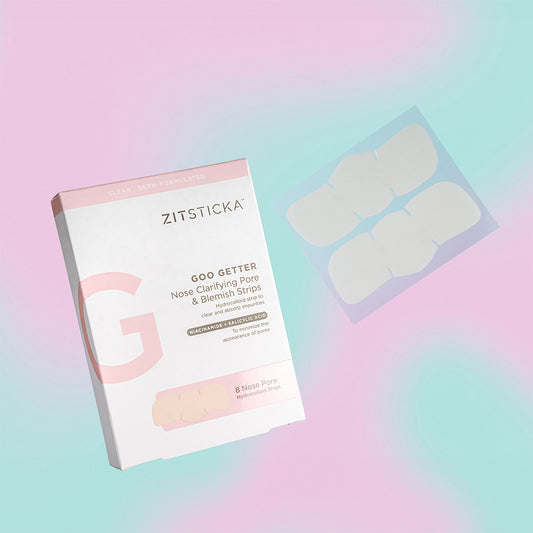My relationship with my skin is, on the whole, built on a foundation of mutual respect and care. I lather good things on it often, and in return it mostly rewards me with compliance and a subtle glow. There’s one caveat though: the hormonal quagmire (and associated zits) that comes with having endometriosis.
‘Twas the summer of 2016 in Sydney when I was first diagnosed with endometriosis. Turning the whole doctor and patient dynamic on its head, I casually offered up the possibility that the debilitating cramps, spherical ballooning of my tum, and zit-decorated skin I was experiencing were symptomatic of that little life ruining reproductive disorder the medical community likes to call endometriosis. Appointments were penciled in, tests were done, keyhole surgery was had, and it was confirmed that, yes, there were bits of rogue endometrium (the lining of the uterus) cosying up to my other organs, with my ovaries and pelvic wall being the crowd favorites. A real hoot!
While laparoscopic surgery has taken care of all out-of-bounds endometrial tissue (for now), the Mirena IUD that the doctor inserted post-op has seen to it that hormones are still my main trigger for !surprise!: cystic pimples. As celebrity esthetician Renée Rouleau explains, “The IUD releases progestin into the body and gets converted into progesterone, which then turns into various types of testosterone. These hormones will overstimulate your oil glands and, when mixed with dead cells in the pore lining, can trigger acne, particularly cystic acne—the hard, painful bumps that develop deep within the skin and can linger for weeks." Fun times ahead!
There’s no shortage of products on the market that promise to cure hormonal cystic acne, although the overwhelming majority have been way too harsh for my already dry skin and seem to exist only to complicate matters further. I owe my clear(ish) skin to the following simple tips instead…
What are you eating?
First up, there’s no golden rule for this, but some evidence does suggest that acne breakouts can be reduced by consuming more omega-3 fatty acids, fewer dairy products and less foods with a high glycemic index.
Personally, I’ve found that dairy is the worst offender when it comes to exacerbating my proneness to Mount Vesuvius-like hormonal zits (RIP fromage, my old pal), but I also suspect sugar ain’t the best, either. Instead, I like to pump my body with anti-inflammatory foods like blueberries, salmon, nuts and leafy greens, and am very good mates with my spice rack, particularly turmeric and ginger.
Minimize stress
Okay, yes, we know it isn't as easy as hearing "minimize stress" and voila! You're less stressed. But allow us to supply a scientific incentive: According to Miami-based dermatologist, Gary Goldfaden, the interaction of progesterone, estrogen and the stress hormone, cortisol, is the perfect climate for cystic acne to flourish. “If you’re experiencing something major or traumatic stress, that activates cortisol, which basically perpetuates the hormonal problem,” he explains.
Patch things up with your zits
Despite all the downward dogs and green smoothies, sometimes my skin just wants to f*k sh*t up. When this is the case, I call on my stash of ZitSticka KILLA patches like many contestants on Who Wants To Be A Millionaire called up their smartest friends in the 00s. That is, with slight desperation but an unshakeable confidence that they’d have the answer. They always did, and ZitSticka always does now. The relief that comes with knowing I have a little patch pal in my cabinet that will fight surprise up-and-coming zits till the day they die (while making sure I don’t paw at my face all day with my dirty mitts) is an absolute godsend.
Still figuring out your zit triggers? Here's one girl's tale of dairy sensitivity.

